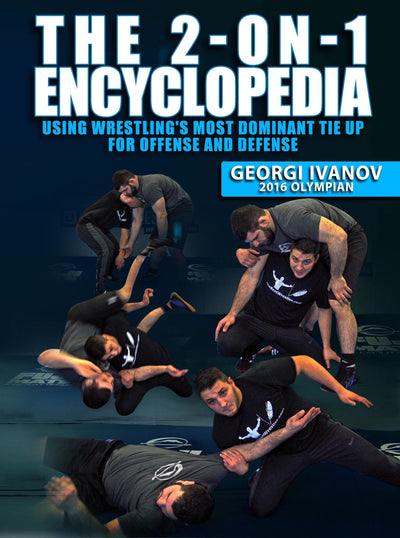FREESTYLE VS GRECO ROMAN WRESTLING
In the world of competitive wrestling, two dominant styles, freestyle and Greco-Roman, take center stage, each showcasing their unique techniques, rules, and rich histories. While both styles require immense skill and athleticism, understanding the nuances that set them apart is key to appreciating the artistry of the sport.
What this article covers:
1. Greco-Roman Wrestling
Greco-Roman wrestling, with its origins traced back to ancient civilizations, emphasizes upper-body techniques exclusively. Wrestlers are forbidden from using their legs for offensive moves, focusing solely on throws and takedowns initiated from the upper body. This style demands incredible strength and technique, making it a showcase of raw power and skill.
The best Greco Roman Wrestling resources are available here at FanaticWrestling.com!
Difference between Greco-Roman Wrestling, Freestyle Wrestling, and Folkstyle Wrestling
2. Freestyle Wrestling
In contrast, freestyle wrestling allows for both upper and lower body attacks. Wrestlers can utilize a wide range of takedowns, throws, and holds, making it a more dynamic and fluid style. Freestyle wrestling is characterized by its fast-paced nature and the potential for high-scoring matches, adding to the excitement for competitors and spectators alike.
3. Folkstyle Wrestling
Folkstyle wrestling is a style widely practiced in the United States, particularly at the collegiate level. It incorporates specific starting positions and allows for different riding times, contributing to its strategic nature. Folkstyle wrestling differs from both Greco-Roman and freestyle wrestling in its unique set of rules and scoring criteria.
The Best Greco-Roman Wrestlers
Throughout history, Greco-Roman wrestling has produced remarkable athletes who have left an indelible mark on the sport. One such legend is Aleksandr Karelin of Russia, famously known as "The Russian Bear." Karelin's incredible dominance, highlighted by nine World Championship titles and three Olympic gold medals, solidified his status as one of the greatest wrestlers of all time. Other icons like Hamza Yerlikaya of Turkey and Rulon Gardner of the United States have also showcased their mastery of Greco-Roman wrestling, etching their names into the annals of wrestling history.
Greco-Roman Wrestling Passivity
An intriguing aspect of Greco-Roman wrestling is the "passivity" rule, aimed at promoting active engagement between wrestlers. If an athlete fails to demonstrate sufficient aggression or initiate action during a match, they may be penalized for passivity. This rule encourages constant movement and ensures that wrestlers actively seek opportunities to score, making for an intense and riveting display of technique and strategy.
Origins of Greco-Roman Wrestling
Greco-Roman wrestling finds its roots in the ancient civilizations of Egypt, Greece, and Rome. In ancient Greece, wrestling was celebrated as an integral component of the Olympics, solidifying the sport's historical significance. Over the centuries, Greco-Roman wrestling has evolved and gained international recognition, becoming a revered and respected discipline in the world of wrestling.
In conclusion, the world of wrestling boasts two formidable styles, freestyle and Greco-Roman, each with its distinctive characteristics and traditions. From the rich history of Greco-Roman wrestling to the dynamic nature of freestyle wrestling, both styles continue to captivate fans and showcase the unparalleled skill and strength of the athletes who grace the mat. Whether it's the raw power of Greco-Roman wrestling or the fluidity of freestyle, the sport of wrestling remains an awe-inspiring display of athletic prowess and tenacity.
The best Greco Roman Wrestling resources are available here at FanaticWrestling.com!
Did You Enjoy This Piece? Check out Other Wrestling Moves:
- Olympic Wrestling Styles
- Attack Style Wrestling
- Heavyweight Wrestling Tips
- Passivity Wrestling
- Total Force Wrestling
- King's Road Style Wrestling
- Rules for Folkstyle Wrestling
- Pro Wrestling Styles
- Folkstyle Wrestling
- Huka Huka Wrestling
- Independent Wrestling
- Sambo Wrestling
- Strong Style Wrestling
- Luchador Wrestling
- GFS Wrestling Move










